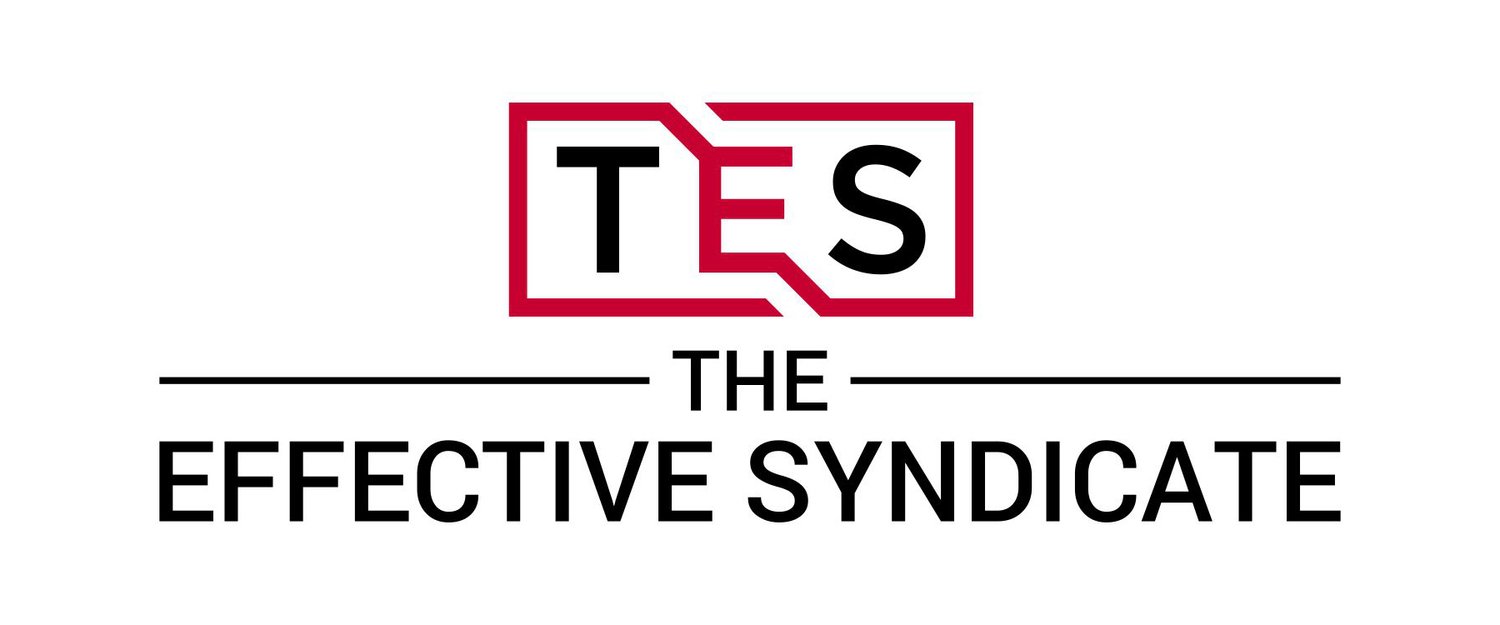Back to the Basics: Plan – Do – Check – Act
I was facilitating a Kaizen event with a client when a member of the team entered the room visibly upset about something. We all immediately asked what was wrong. They hesitated for a second before exclaiming that the process wasn’t working. To provide some context, we had started piloting a new process to help with material flow the night before. While we had communicated our intentions to everyone on 1st and 2nd shift, we weren’t anywhere close to having a finalized, documented process in place. We were very much still at the beginning phases of implementation.
We talked through the perceived break down in the process and helped the team member understand that it wasn’t going to be “perfect” right away. Not only that, the process was still several steps away from being completed and fully ready to implement plant wide. We were trialing in one small area so that we could learn from the experience and adjust accordingly. The team member’s demeanor began to change as they started to realize that just because everything wasn’t perfect right away, that didn’t mean that the process was a failure. We were still going through the Plan – Do – Check – Act cycle.
Otherwise referred to as the Deming Cycle or Shewhart Cycle, the PDCA cycle is an iterative process intended to help a group continuously improve upon an opportunity. In our example above, our group was still very much in the “Do” phase of this cycle. It was understandable that not everything was working exactly as we had planned, we weren’t even finished executing our plan. Expecting results before you are finished with the cycle, skipping steps, or expecting “perfect” results after one complete cycle are common pitfalls during problem solving.
Several years ago, I was helping my children work through a problem, utilizing the PDCA methodology. I drew out the cycle above and as I finished drawing it out my daughter loudly exclaimed, “It’s a circle!” She was absolutely correct. It is a circle, completing a round of steps should be the start towards continuous improvement, not the conclusion.
Jumping straight to the “Do” phase is the most common mistake I see people make as they are working through this process. I believe it tends to be human nature to want to see immediate results, which drives them towards the “Do” phase without thoroughly understanding the situation. My first day at Toyota, during our group orientation, we were divided into groups and given the “Marshmallow Challenge”. If you aren’t familiar with this exercise, the following Ted Talk gives a nice summary: https://www.youtube.com/watch?v=1p5sBzMtB3Q
Essentially, each team is tasked with building a tower out of straws (or dry spaghetti), with the purpose of holding a marshmallow as high as possible. The Toyota Trainer explained the task at hand, and then mandated then we spend five minutes planning out our design. During this time, we could pick up and examine the materials, but we could not begin construction until the five minutes had elapsed. I have facilitated this activity with groups several times over the past few years and keeping people from jumping to the “Do” phase of building their tower is almost always my greatest challenge. People, especially “leaders” in an organization, are so accustomed to fighting fires and resolving issues right away, that they do not feel like they need to “Plan”. Our Toyota Trainer wanted to emphasize the need to “Plan” as the first part of the process, regardless of who you are or the position you hold.
During my Quality Circle Training at Toyota, where we received further instructions on using their 8 Step Problem Solving method and how to lead a group through that process, we were fortunate to see a variety of previous examples. The example that has continued to stick out in my mind was one where the group followed all of the steps accordingly and implemented a countermeasure only to discover that it didn’t work out as planned. Despite this, they did not try to hide this fact on their report summary, they completed the “Act” phase and then showed on their report how they went back to the “Plan” phase. After another round of the PDCA cycle the project was completed with better than originally expected results. This project was selected to represent the plant at a national Toyota Quality Circle event later that year. The group stayed true to the process, and positive results followed.
The Effective Syndicate has created a template tool to help groups stay on track while completing an 8 Step Problem Solving initiative. The top right of each step indicates where in the PDCA cycle that step falls. It is worth noting that the first five steps are all part of the “Plan” phase.
Planning might feel like the basics, but sometimes, that is exactly what you need to succeed!


